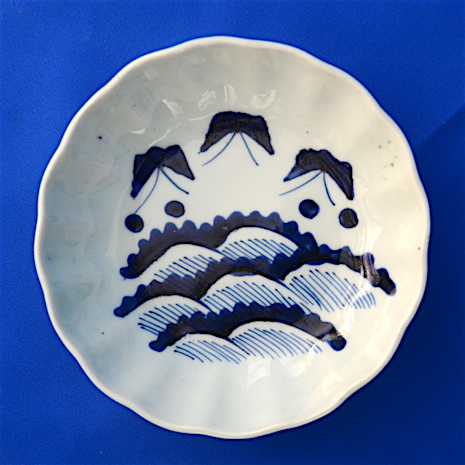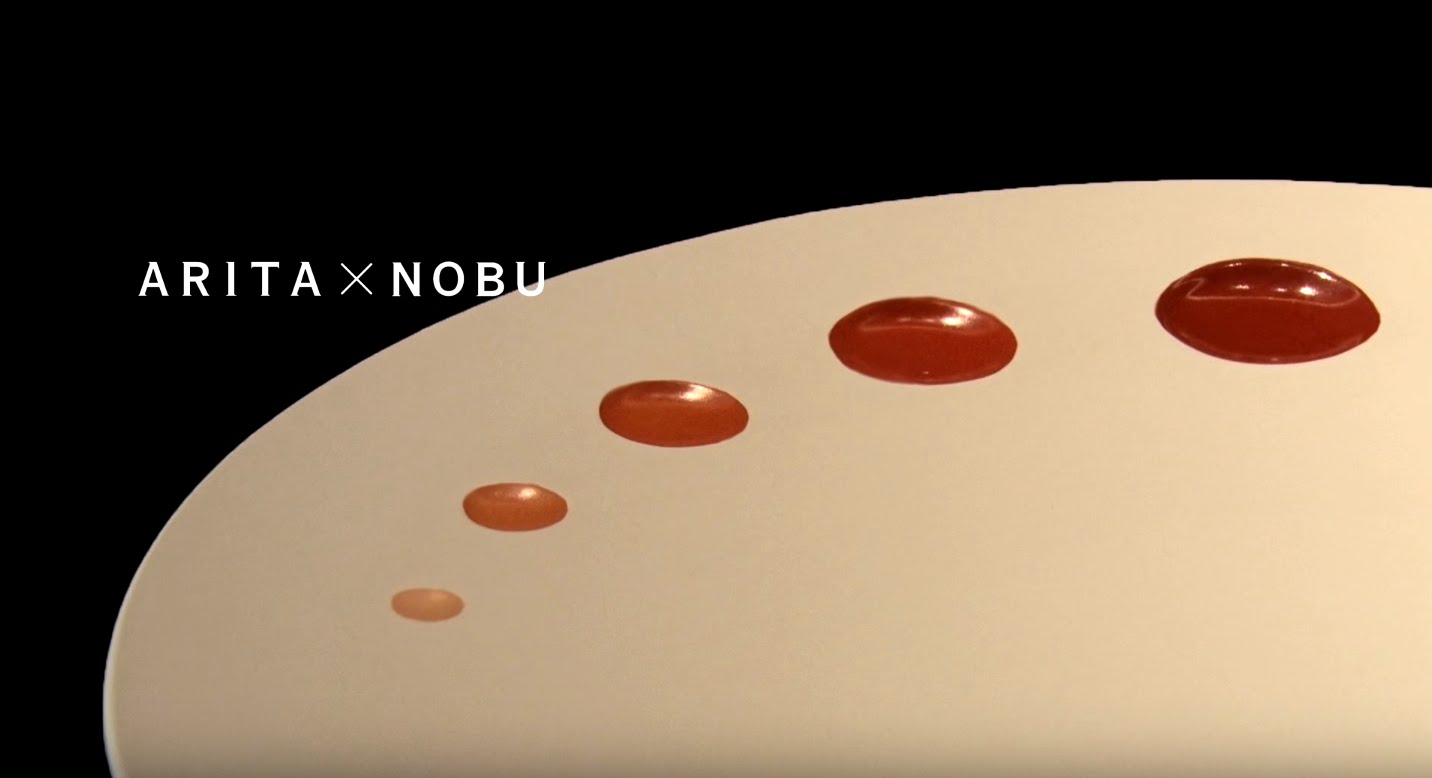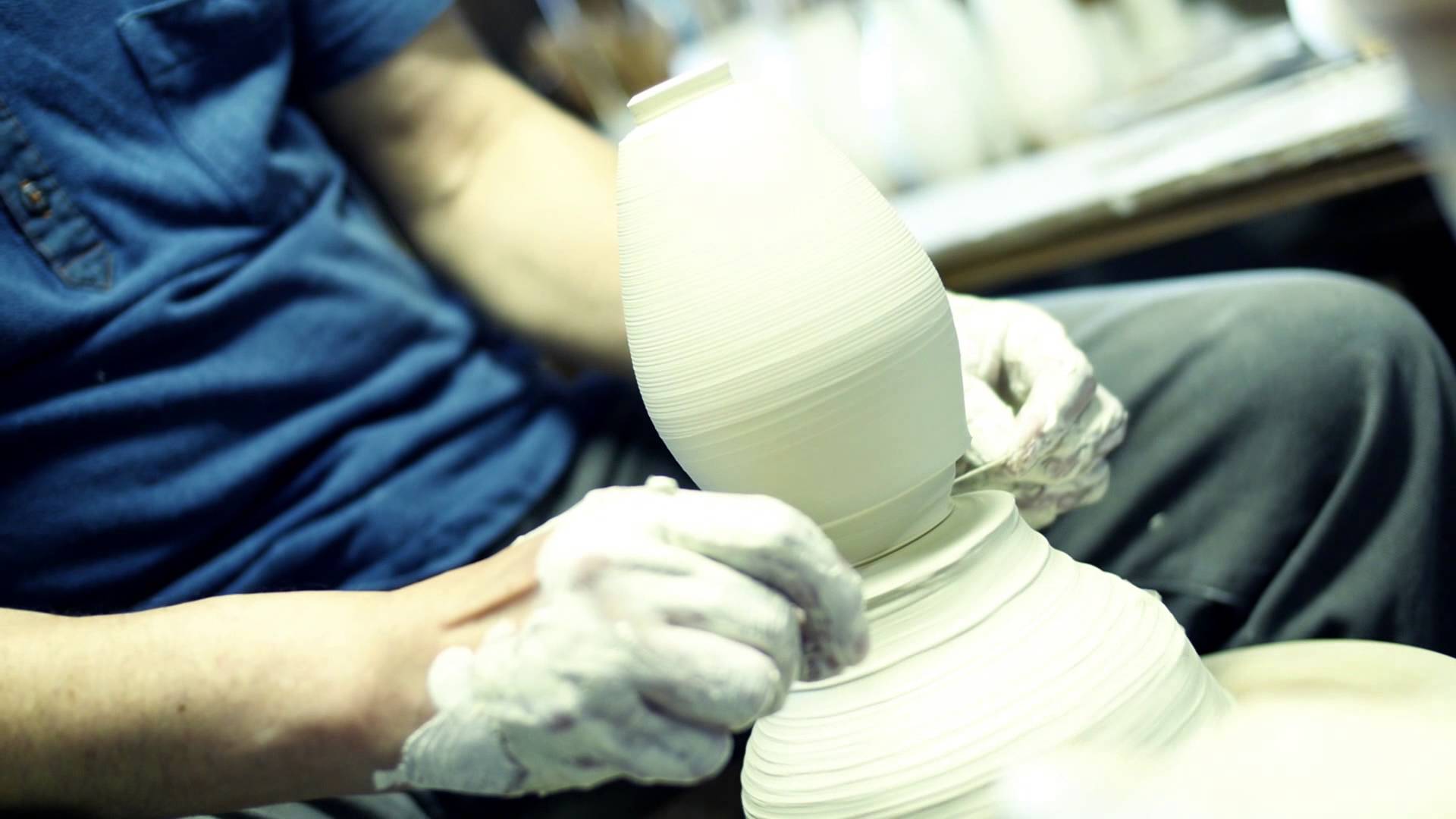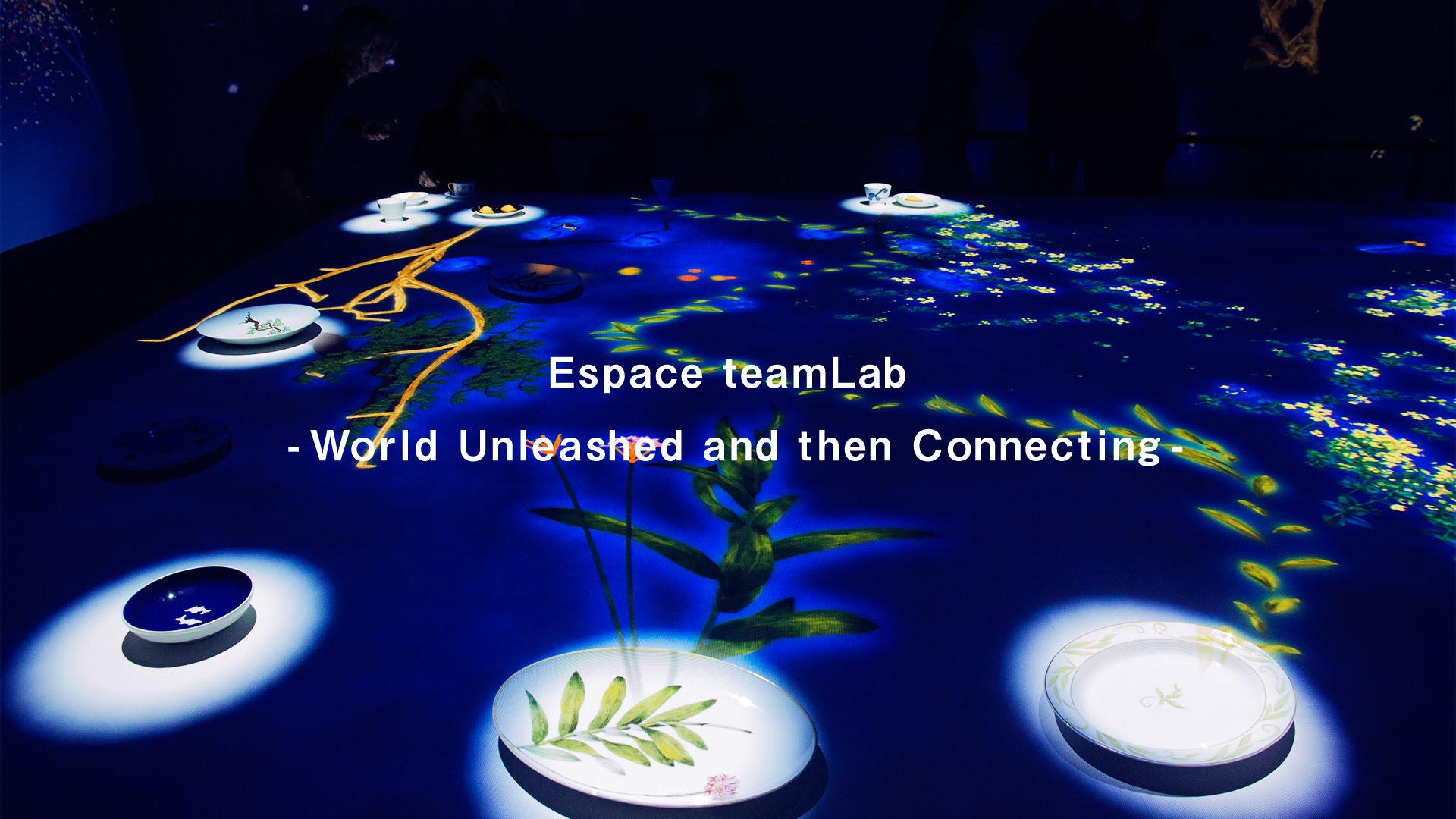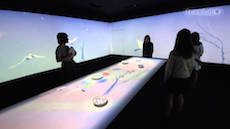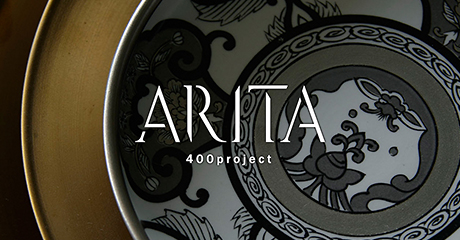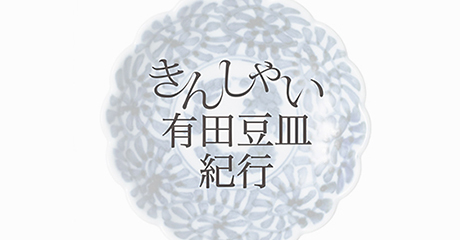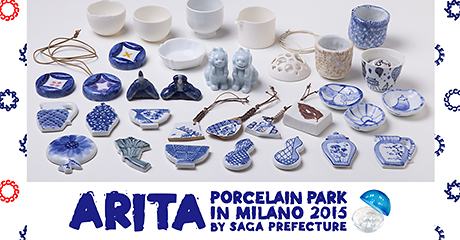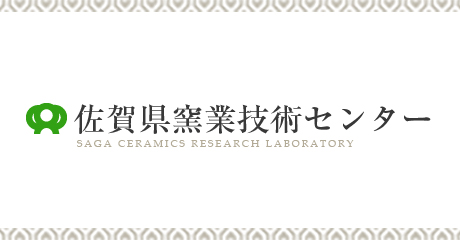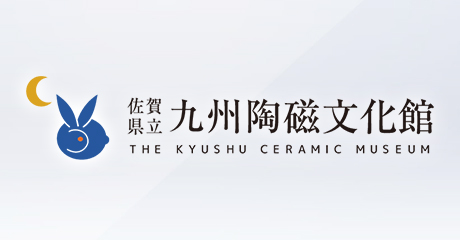1853: What did Commodore Perry think when he first saw Arita porcelain?
“The Japanese are an exceedingly industrious and ingenious people, and in certain manufactures are surpassed by no nation.”
“Porcelain.—This they make, and some say in greater perfection than the Chinese can.”
“At any rate, specimens we have seen of Japanese porcelain are very delicate and beautiful.”
From “Narrative of the Expedition of an American Squadron to the China Seas and Japan”*1
In 1853, Commodore Matthew Perry of the United States Navy, and his Black Ships steamed into Japanese history. The following satirical poem has a double meaning in Japanese and by careful punning captures the shock the Black Ships freely entering Japanese waters had on the people of the time. “Jokisen tea awakens me away from my peaceful world of sleep; Only four steaming cups of tea and I can no longer sleep well at night.” (Literal translation) “Black ships steaming away breaking the slumber of our Pacific seas; Only four steaming ships at sea and we all no longer sleep well at night.” (Alternative translation with puns) After returning to the US, Perry requested the historian F. L. Hawks to compile a record of the expedition to Japan. The logbooks written by Perry and his private secretaries and officers, and reports by experts on special service were all compiled in the “Narrative of the Expedition of an American Squadron to the China Seas and Japan.”*2
This book reveals that Perry and his expedition members had made a very comprehensive study of Japan; it shows they had read not only the historical accounts left by the 13th century Venetian merchant traveler Marco Polo detailing Chinese rumors about Japan, but also modern reports made in the 1800s by the German physician Seibold, who served in the trading post of Dejima, Nagasaki. The Americans read a wide range of topics covering the Japanese government system, class system, laws, structure of communities, religions, culture, language, vegetation and so on through to an assessment of Japan’s technological ability.
Based on the physical products exported from Japan, collected information on the manufacturing technologies, and reports made by Dutch merchants and other foreigners who stayed in Dejima, Nagasaki, they made an overall assessment of Japan. In the book porcelain is mentioned without specifying any production center, but considering the sea route of the Perry Squadron, it is very likely they were referring to Arita porcelain.
In November 1852, the Perry Squadron embarked from Norfolk, Virginia on the American East Coast, and sailing across the Atlantic Ocean made its way down from the Portuguese Madeira Islands to Cape Town in South Africa, before crossing the Indian Ocean, and on to Singapore, Macao, Hong Kong, Shanghai, and Ryukyu (Okinawa). In July 1853, the ships arrived in the Japanese port of Uraga. In the United States in those days, the development of the West had only just started, and the dockyards and ports for large-size steamships were only located along the East Coast; it is reasonable to consider that the Atlantic and Indian Ocean route was safer compared to the Cape Horn route passing around the turbulent southernmost tip of South America. Perry followed the same schedule as the Dutch trading vessels, who would arrive in Nagasaki in June and July every year; by stopping at the same major trade ports he must have been able to gather useful information on Japan.
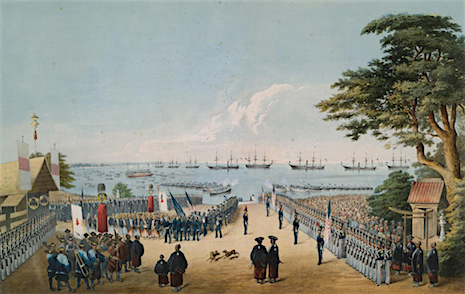
Perry’s Squadron was given the mission by the American President to force Japan to open for trade; he was given a very free hand, but failure was not allowed. For his crew, what was this seven-month sea voyage to Japan like?
In among the concise business-like reports, we find appreciation of the porcelain, with complimentary remarks such as “very delicate and beautiful.” It is heart-warming to imagine that in their shipboard life with little amusement, Perry and his crew found some serenity from the white radiance of the Japan-made porcelain.
At the same time, they must have been aware of the difference between the two countries: Japan with a history of more than 2,000 years*3 and the United States independent for just 76 years. When comparing Japan, who built her unique civilization from the earliest times and produced beautiful ware comparable with jewels, and the US and her increasingly rapid development of the vast continent, they might have felt excited at the significance of their mission to push the door open for commerce between these two very different countries.
The distribution of Arita porcelain around this time experienced a massive change, which later led to the modernization of Japan.
In 1841, Nabeshima Naomasa, the 10th lord of the Saga domain permitted Hisatomi Yojibei to directly sell Arita porcelain to Dutch merchants in Nagasaki, and in 1848 established the Saga Trading Company*4 under direct control of the domain to concentrate on the export of Arita porcelain. Around this time, Arita-Sarayama was in the midst of recovering from the devastation of the Great Bunsei Era Fire, and was home to an increasing number of master ceramists.*5 There is a strong possibility that the Arita porcelain actually handled by Perry and his crew at the ports of call of the Dutch trading vessels were fine articles distributed overseas through the Saga Trading Company and Dutch merchants.
Japan might still be asleep in the dawn before the opening of the country, but Arita porcelain had already crossed the sea in the twilight days of the Tokugawa shogunate, and the profits from this trade were to be invested in the technological development of steamships and the like in the Saga domain. In July 2015, as one of the constituent properties of the Sites of Japan’s Meiji Industrial Revolution: Iron and Steel, Shipbuilding and Coal Mining, the Mietsu Naval Docks were registered as a world cultural heritage site. From this site, porcelain with the Nadagoshi Chomon (wave and butterfly) design was excavated, bearing testimony to the Saga domain’s enthusiasm for technological innovation in a turbulent age.
At the same time, this design seems to be a symbolic portrayal of the great voyage of Arita porcelain overcoming even the restrictions of national isolation and crossing the ocean. It is easy to imagine Perry might have seen the journey of Arita porcelain to the West as a mirror of his own crossing of the great ocean and the opening of a new era of trade.
- *1 Perry, Matthew Calbraith, Hawks, Francis L., Narrative of the Expedition of an American Squadron to the China Seas and Japan, 1856
- *2 According to the foreword of the historian F. L. Hawks, “Narrative…” was compiled with the support of a writer. It is not known who this person was, but although the work is concise and clear, it is more than just a simple record of fact, and the writing is infused with romanticism; this infers the writer was well-educated and had some considerable knowledge and interest in Japan.
- *3 “Narrative of the Expedition of an American Squadron to the China Seas and Japan” describes the history of the peoples of Japan and the origin of her feudal system, based on the national foundation myth of Emperor Jimmu (660 BC -) recorded in the Kojiki (Records of Ancient Matters) and the Nihon Shoki (Chronicles of Japan).
- *4 Takeshi Nagatake “Imari: Porcelain of Japan (1)” 1973, Hoikusha Publishers
- *5 Genji Matsumoto, “The Historical Story of Arita, a Village of Fire” 1996, Yamaguchi Insatsu
